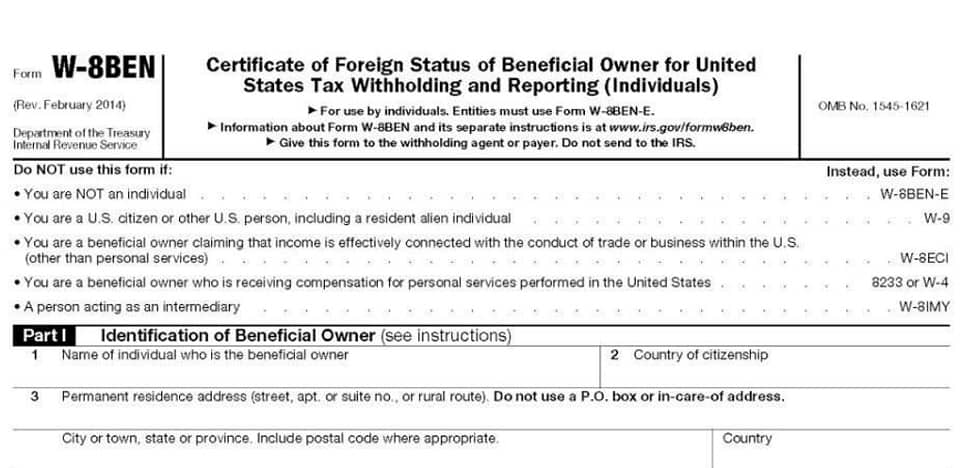
Production costs are all the expenses related to a manufacturer conducting its business. Manufacturing costs, as we’ve already discussed, are the expenses that are needed to produce the product. In short, tracking total manufacturing cost can reveal how well a business is operating. If the figure increases between manufacturing accounting periods, it can indicate that resources are not being used efficiently. Please see the resources for manufacturing cost data for additional background. Overhead costs essentially include all expenses that aren’t related to employees or materials, which is why this category can be more difficult to project https://www.instagram.com/bookstime_inc accurately.
- The main components of total manufacturing cost are direct materials, direct labor, and manufacturing overhead.
- These are necessary for production but aren’t linked to a single product.
- By applying this formula to calculate your direct, indirect, and overhead costs, you can work out where the inefficiencies lie in your production process.
- Whether you’re a seasoned industrialist or a budding entrepreneur venturing into production, grasping the nuances of manufacturing costs can spell the difference between success and struggle.
- Similarly, it maintains separate ledger accounts for direct wages and various production-related expenses.
- These employees might include assembly line workers, machine operators, and quality control.
Use Appropriate Allocation Methods for Overhead

Now you can determine the manufacturing overhead rate — this is the percentage of your monthly revenue that goes towards paying for overheads each month. To do this, divide the monthly manufacturing overhead by the value of your monthly sales, multiplying that by 100. Implementing online inventory control software can help how to calculate the total manufacturing cost improve forecasting. Changing production methods to better utilise raw materials is another way manufacturer can reduce direct material waste.

Reduce Waste and Improve Quality
- In the world of manufacturing, understanding and effectively managing your total manufacturing cost is crucial to maintaining competitiveness and profitability.
- If you set prices too high, customers may go to competitors where they can find a better deal.
- These are the hours spent by workers who are directly contributing to the production process.
- It can be used to adjust the selling price of your products, identify and cut expenses, and calculate other key metrics like the Cost of Goods Manufactured.
- The key difference between direct costs and indirect costs is that direct costs can be tracked to specific item, and tend to be variable.
Unlike direct labor and materials, overhead costs are not directly tied to each product but still contribute to the overall cost. You can calculate your total manufacturing cost by adding the total cost of direct materials, direct labor, and manufacturing overhead. However, before using the total manufacturing cost formula to calculate your costs, you need to understand what each part of the formula means. This rate includes wages, benefits, and any additional payroll costs for the employees directly involved in production.
Overcoming Challenges in Cloud-Based Software Integration

COGS is recorded on the income statement, where it is subtracted from revenue to calculate the gross profit. Understanding Total Manufacturing Costs https://www.bookstime.com/ is crucial for businesses to optimize production processes, control expenses, and make informed decisions. By calculating and analyzing these costs, businesses can gain a competitive edge, enhance profitability, and ensure sustained success in today’s dynamic market environment. Direct labor refers to employees directly involved in production tasks, while indirect labor includes employees who support production indirectly, such as supervisors and maintenance personnel.
Resources for Regional Labor Cost Data
It’s much easier to work out total manufacturing cost when the latest financial data can be accessed at the click of a button, and when the information from all departments is inter-connected. The profitability picture gained from total manufacturing cost will also govern other strategies too, such as your approach to sales and pricing. If your profits are not at the desired level, you may determine that the current sales model isn’t working and that you perhaps need new methods or to open new sales streams (such as e-commerce). For example, the wages paid to employees directly involved in production.
- When you have a clear understanding of the production costs, you’re likelier to set a price that covers all expenses while providing enough profit margins.
- Calculating manufacturing costs helps determine pricing, control expenses, and maximize profits.
- To calculate the employee’s cash salary (basic pay plus allowances), add the company’s contributions to the employee’s benefit funds.
- The primary source of Direct Wage and Social Insurance Factor data is the Kerkhoff Consulting Group.
- Calculating the total manufacturing cost requires a thorough understanding of all expenses related to manufacturing, both direct and indirect.
- Direct materials are calculated by subtracting the direct materials left at the end of the production period from the total amount of materials you started with and purchased in the period.
Industrial Maintenance KPIs: Measuring Success & Efficiency
- The first step for calculating total manufacturing cost is gathering cost data.
- These materials are transformed during the manufacturing process into the finished product.
- Direct labor refers to employees directly involved in production tasks, while indirect labor includes employees who support production indirectly, such as supervisors and maintenance personnel.
- He wants to know the direct labour cost of each bin of coffee to gauge whether he needs to change his prices.
- Understanding how to find total manufacturing costs allows businesses to maintain competitiveness and achieve sustainable growth.
- Manufacturing overhead costs include indirect labor and materials, plus all the other costs incurred in providing and maintaining a factory full of machinery.
These are employees who physically assemble the product or operate machinery. To find the total manufacturing cost, you must calculate the total wages paid to direct labor during a specific period. The formula to calculate this is the pay rate of your direct labor multiplied by the total hours worked. This means each employee whose work can be directly traced back to the creation of the final product. Before calculating the direct labour costs per unit you need to know how to calculate the direct hourly labour rate and direct labour hours.